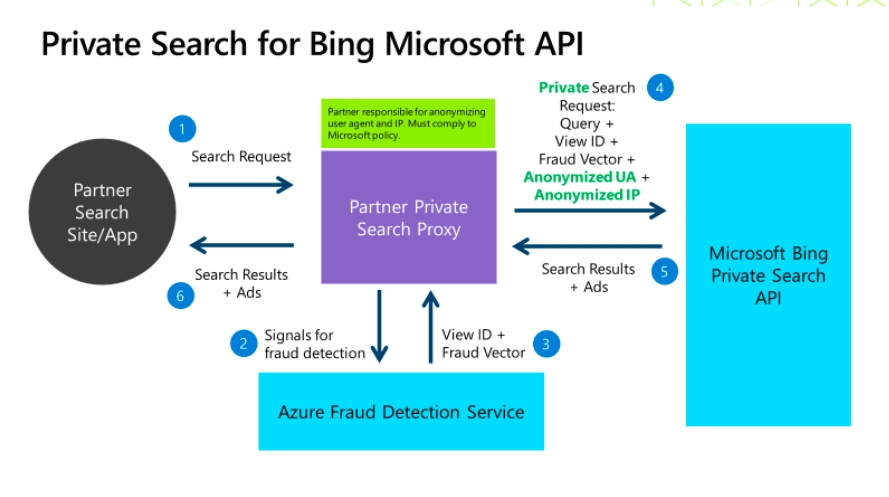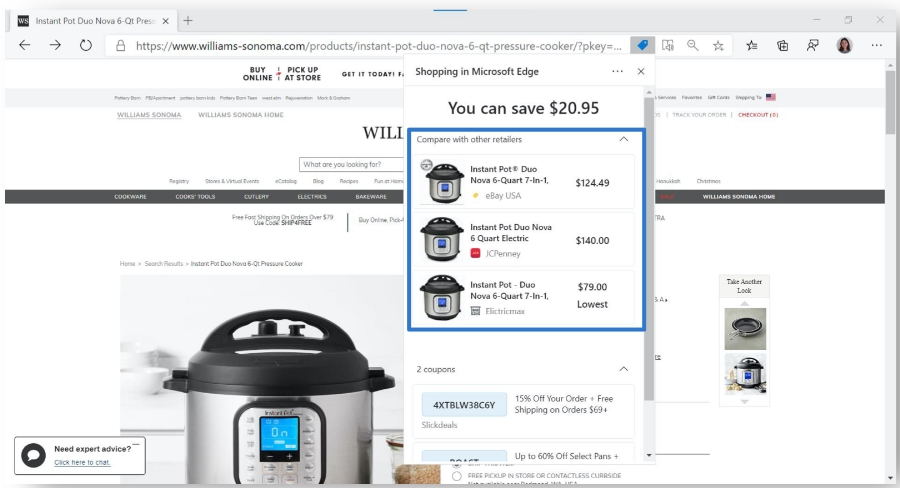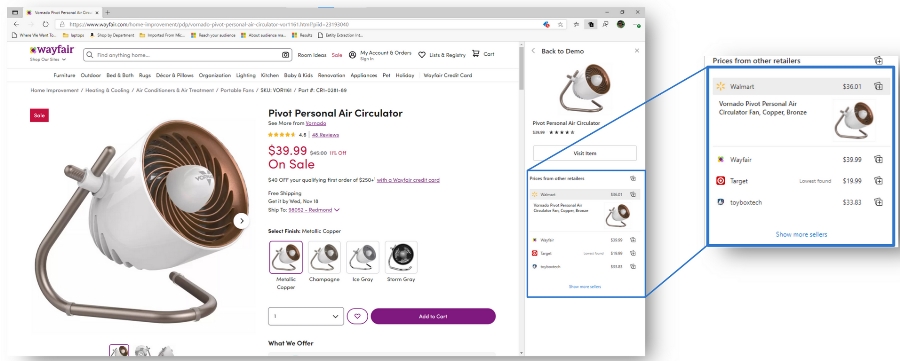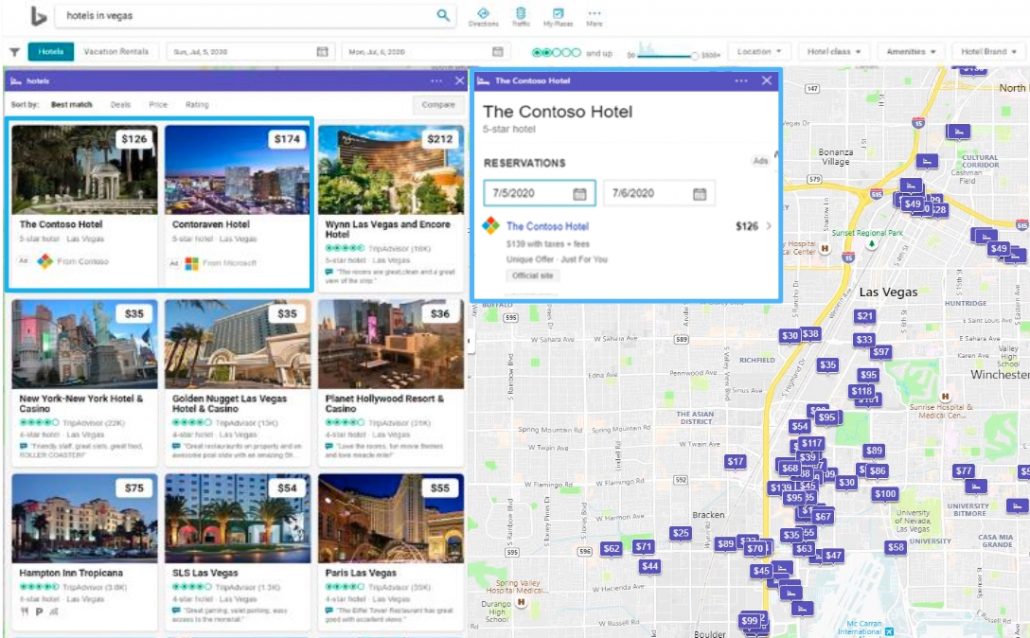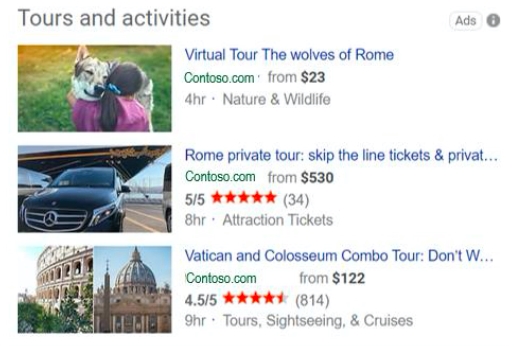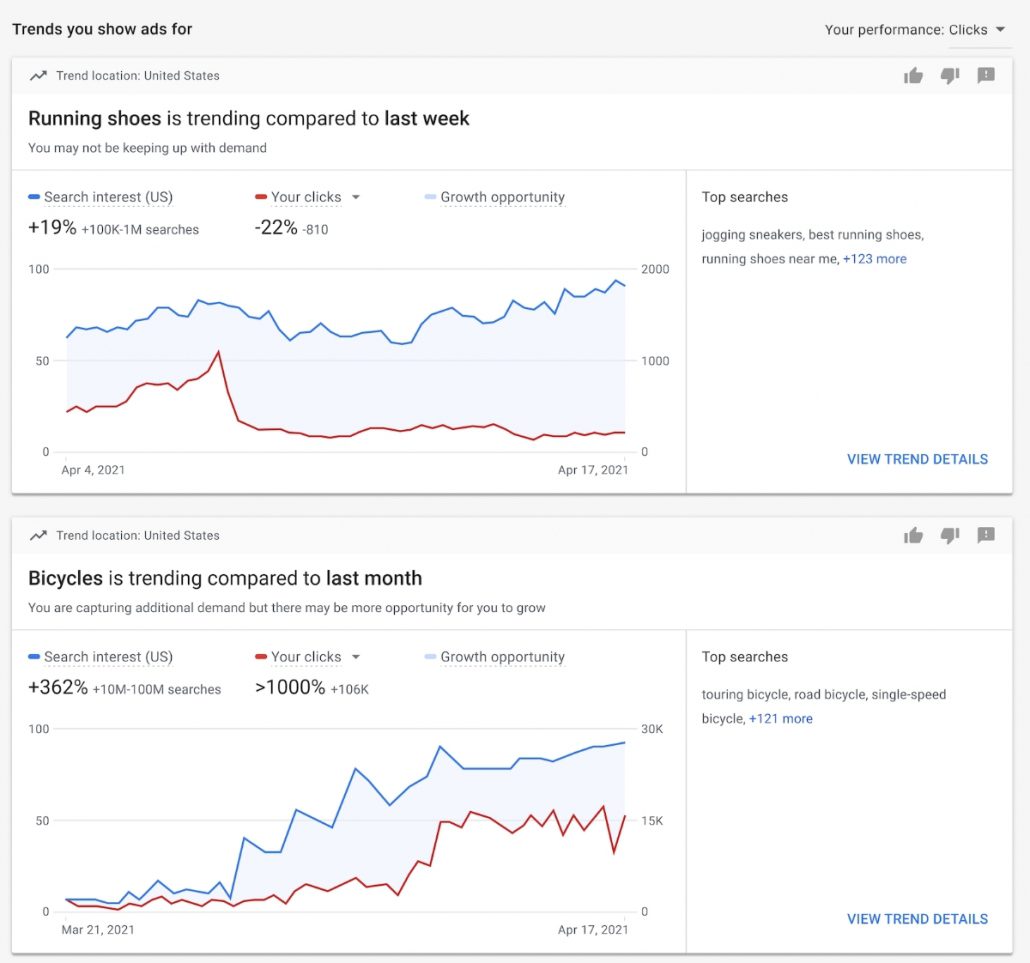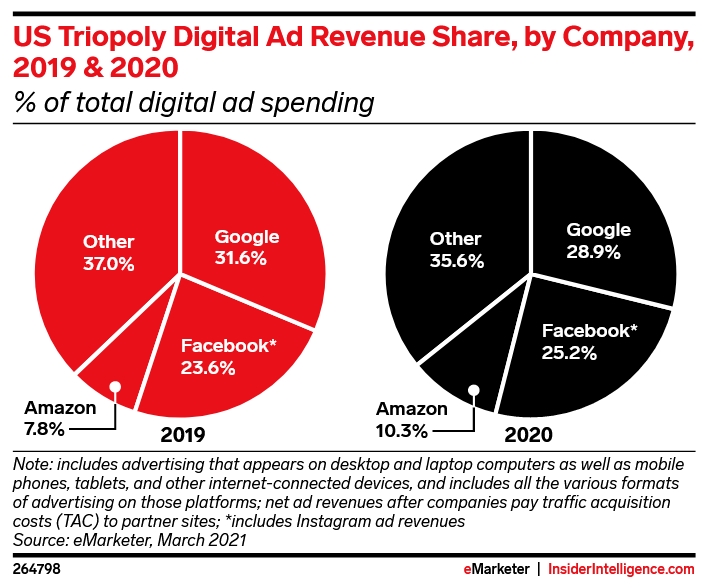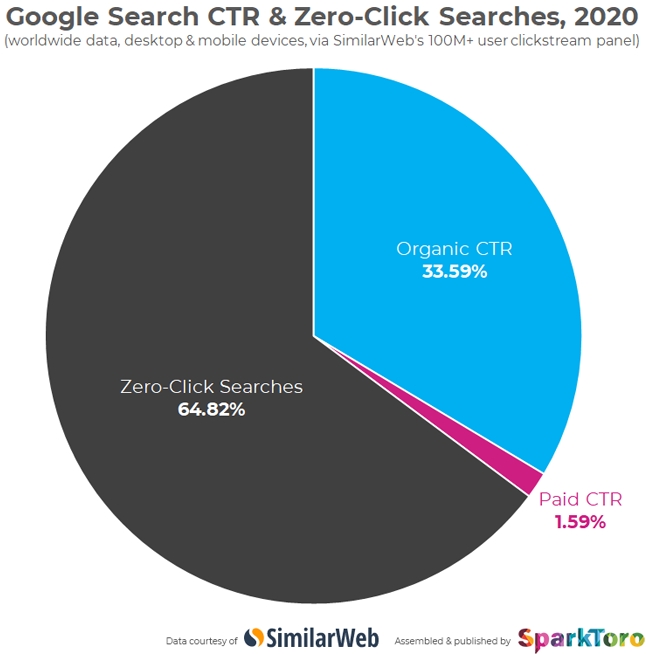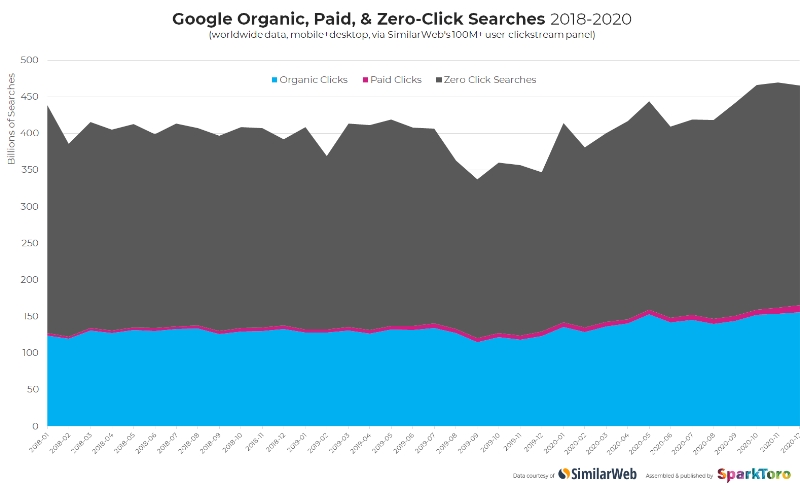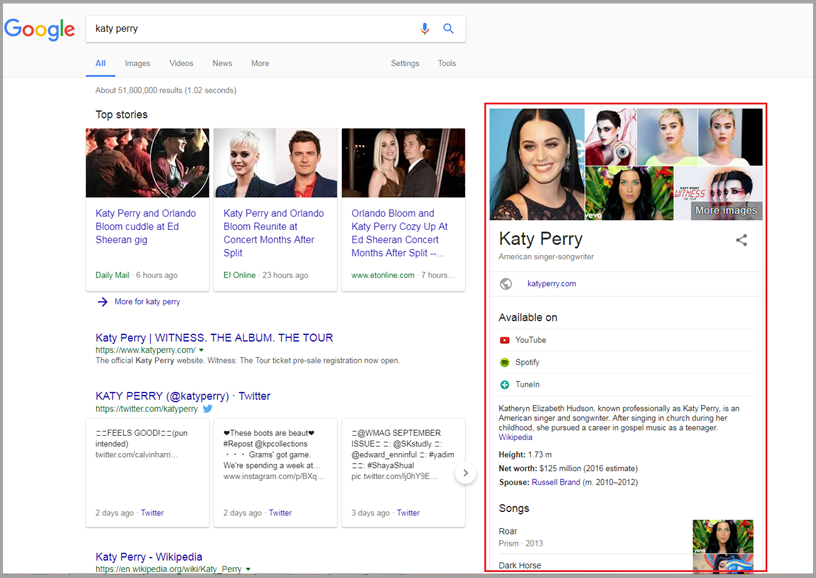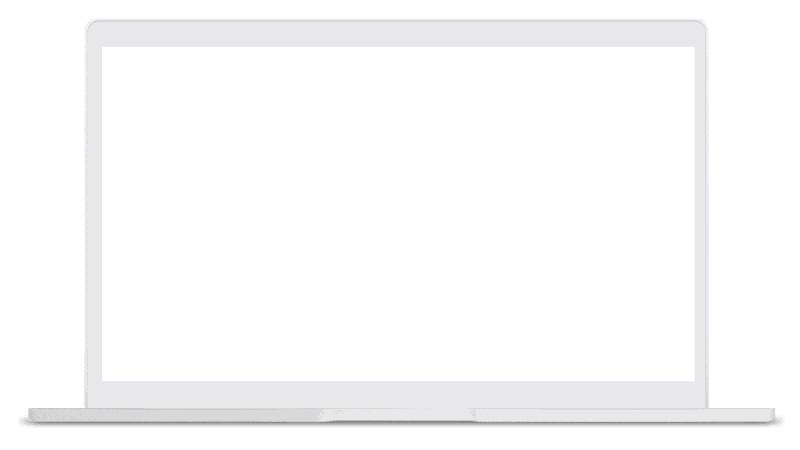LinkedIn is expanding its advertising options for brands and entrepreneurs on the platform with new Event Ads and the ability to “Boost” organic posts from your brand’s page.
As the company said in this week’s announcement:
“We’re announcing new features to make your marketing life a little easier — helping you seamlessly reach more of your target audience and grow your brand community all while measuring impact each step of the way.”
LinkedIn Event Ads
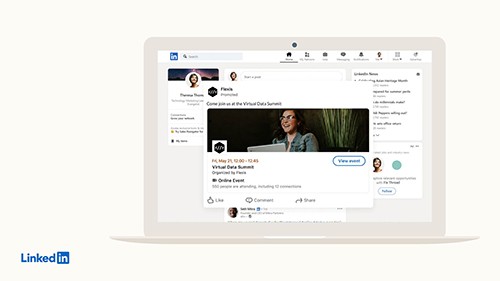
Now that social distancing is coming to an end, many are eager to finally put on a big event for their brand.
To help make your next in-person (or digital) event a smash hit, LinkedIn is introducing a new ad format which can appear in users’ feeds. Event ads include all the important details potential attendees may want to know, including the date, time, how to register, and if any mutual connections are also planning to attend.
Along with this new ad format, the company is rolling out an Event Analytics tool that offers info on attendee/visitor engagement with your Event posts, your total number of attendees, unique event visits, the top jobs of attendees, and the peak number of viewers on livestreams.
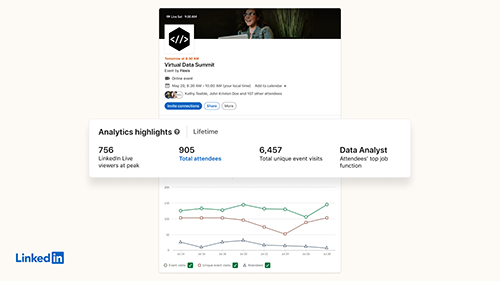
“Boost” Your LinkedIn Posts
Have you ever had a post that went over so well you wish you could re-run it to an even wider audience?
Now you can, with the ability to “Boost” your post as an ad. Directly from your LinkedIn page, you can quickly turn an existing organic post into an ad for your brand which will run to a larger audience.
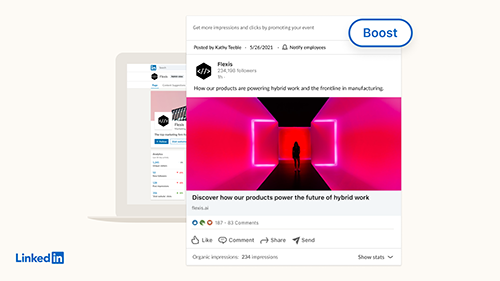
Simply click the Boost button underneath the post you want to promote, and select the objective for the post from this list:
- Website visits
- Post awareness
- Event awareness
- Post engagement
- Video views
From there, you’ll be asked to choose how LinkedIn targets your ad based on either your profile, specific interests, or a LinkedIn audience template, along with some other basic targeting information.
Lastly, you’ll be able to set your budget for the ad and how long you run, before you publish your Boosted post.
Currently, the feature does have some significant limitations. Only events or posts with a single image can be boosted for now, and posts can only be boosted once. Other post formats, such as polls, documents, job listings, or Pulse articles are not eligible for boosting.
The Takeaway
Though basic, these new features make it easy for small brands to test the waters with promoting their events and contents across the business-focused platform. Additionally, LinkedIn suggests this approach could help save money on advertising events, as 40% of beta customers saw their cost per registration decrease when testing the new ad format.

